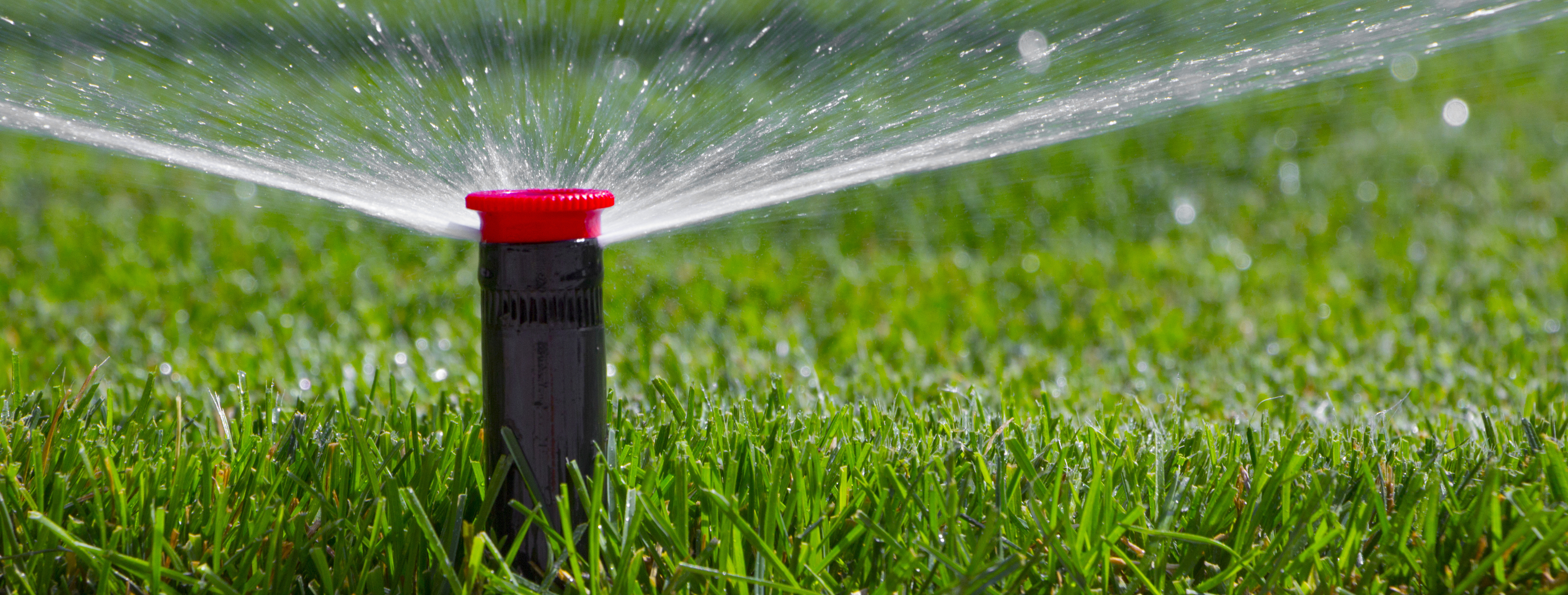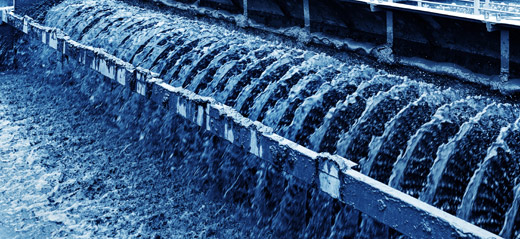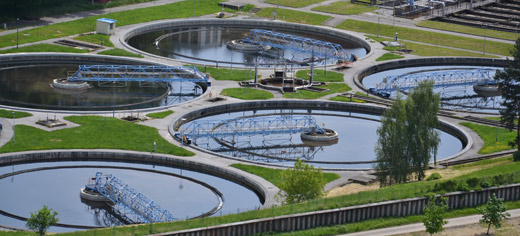Imagine a Day With One Water
Today we are called on to “Imagine a Day Without Water,” and thankfully, many Americans need only imagine. But as population growth, aging infrastructure, and climate change stretch our precious water resources thin, continuing to complicate water management, limited water supplies could be our new reality. We are currently drawing from many groundwater aquifers at a higher rate than they are replenished. At the same time, climate change is making surface water less consistently reliable.
How often, if ever, do we stop to fully appreciate how water, one of our most valuable resources, is so plentiful in our daily lives? What are the miraculous natural and human systems that enable clean water to flow freely from our faucets?

Today we must challenge our assumptions about water’s abundance and rethink traditional water management approaches that can stifle innovation. Are conventional practices that completely divert wastewater and stormwater, often considered useless and potentially harmful, still the best practices? Chances are most of us most would guess incorrectly about the definition of stormwater and its use and importance in the water cycle.
Our response to water supply challenges is typically to double down on traditional approaches, resulting in a short-term fix, not a much-needed long-term solution. Across the U.S. and throughout the world, community leaders, water planners, and policymakers are wrestling with how to best manage water. Our water challenges and goals are not unique to any one state: we need to maximize economic and societal benefits in an equitable manner without compromising the sustainability of vital ecosystems.
As leaders engaged in finding sustainable solutions are rethinking traditional water management practices, they are working to advance a more resilient strategy called integrated water management, also known as “One Water.” The One Water concept of coordinated development and management of water, land, and related resources is not new; however, policy and practice across our nation are severely out of sync with this approach.
The fact is, regardless of whether it’s water from your faucet, riverwater, graywater from your shower, stormwater, or even sewage—fundamentally, it’s all simply water. So let’s take today to challenge some of our assumptions about how best to source, treat, and use water.

Why do we flush our toilets with water that has been treated to the same standards as potable drinking water? Why is almost all the water we use to irrigate of this same potable quality? It’s not necessary.
The One Water approach is different. It brings the benefits of increased resilience and reliability of future water supplies while reducing demands on treatment, distribution, and sewer infrastructure. Equitable water access is also central to the One Water framework. This is of critical importance now as the cost of water is increasing substantially owing to climate change impacts on supplies, and the cost of infrastructure repair or replacement.
Another critical differentiation of One Water: it is a framework rather than a one-size-fits-all set of standards. Projects implemented under a One Water framework can be as varied as installing permeable materials in sidewalks, implementing green infrastructure to support stormwater management, and managing water demand with end-users and building developers.
Conservation is all-important since water we do not use today is available for use tomorrow. Water conservation may be driven in various ways. One approach involves rate structures, for example, increasing the price of water for the highest consumers or through seasonal variances with higher prices in summer to help manage both total and peak demand.

Additionally, in the many U.S. urban communities experiencing population growth, new buildings should be required to use water efficiently. Recently, research conducted by the Boston University Institute for Sustainable Energy studied how urban growth affected water demand in New Braunfels, Texas (the city with the second-highest population growth rate in the U.S.), and identified how conservation can be scaled and implemented by utility providers.
Consider water conservation at the household level. Do you consistently irrigate to maintain a lush green lawn in the summer? Have you installed low-flow toilets and showers in your home? Regardless of where you call home—whether it’s a region where droughts or floods occur periodically or water quality could be compromised—it is increasingly important to be mindful of how your individual choices and consumption affect your water footprint.
While day-to-day headlines may highlight challenges around water supply and quality in our communities, One Water represents an actionable opportunity to manage our water differently and maximize equity, affordability, reliability, and resilience.
Dr. Jacqueline Ashmore is executive director for the Boston University Institute for Sustainable Energy, where she specializes in sustainable water management research, including publication of “Water Utility of the Future: A Case Study of Conservation as a Service.”

Hide Full Index
Show Full Index
View All Blog Posts